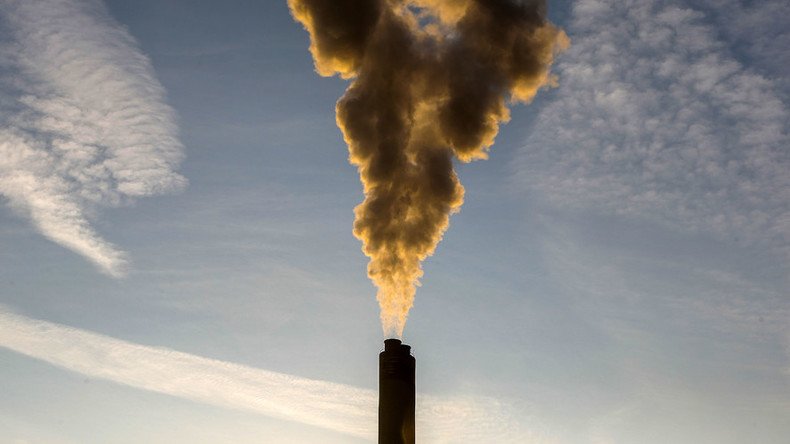We’re #1! Carbon dioxide is at highest rate in 66 million years

Following February’s record for the most abnormally warm month on record, a study published in National Geoscience revealed that humans are releasing carbon dioxide at a rate 10 times faster than at any time in the past 66 million years.
Carbon dioxide is a chemical compound that is necessary for the Earth – in doses. However, a study by Richard Zeebe of the University of Hawaii at Manoa, Andy Ridgwell of the University of Bristol, and James C. Zachos of the University of California Santa Cruz, found that “The Palaeocene–Eocene Thermal Maximum (PETM) is known at present to have the highest carbon release rates of the past 66 million years.”
The PETM refers to a period 56 million years ago when an unknown something caused the concentration of atmospheric carbon dioxide to spike to levels higher than today’s. This caused the planet to warm, oceans to acidify, and the mass extinction of animal and plant species. This is important because the PETM took place over a long period of time.
Zeebe and his team gathered their information on the PETM by examining a deep core of ocean sediment from the coast of New Jersey, which they used to analyze the ratios between isotopes of carbon and oxygen and, consequently, determined how atmospheric carbon dioxide levels have influenced temperatures.
Scott Wing, a paleobiologist and curator at the Smithsonian Museum of Natural History in Washington, told Mashable, “If the rate of PETM carbon addition was a tenth of our rate, then the future will likely be much more extreme than the PETM in many ways.”
Mashable reports that the PETM is believed to have lasted more than 4,000 years, with a maximum emission rate of 1.1 billion tons per year. Today’s emission rates are estimated to be closer to 10 billion tons per year.
So what does this mean for planet Earth? Well, it’s hard to say, because the PETM occurred very slowly, and there is no analogue to be drawn between today’s high carbon dioxide emission rates and those of the PETM.
“... Unfortunately because we’re doing it so fast, our conclusion is that the rate of acidification will be much more severe in the future, and also that the effects on the calcifiers are likely to be more severe than what we see during the PETM,” Zeebe told Mashable.













